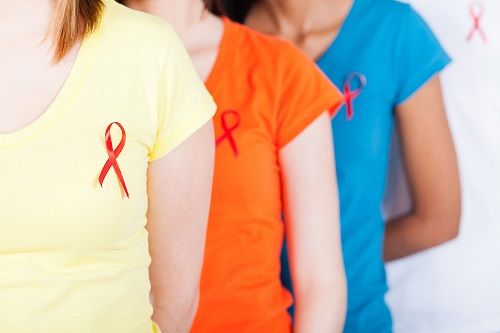Driving Healthy Choices: Where Should Interventions Occur for Youth Living With HIV?
In looking at enhancing intervention efforts, where should we do them?

Where do we learn best? In the clinic or in the community? The environment that supports our learning and comprehension of medication and diet adherence, is ultimately one we should be supporting—but how do we know which that is?
One thing we often struggle with in public health and health care is how to effectively educate and communicate with patients. How can we ensure they are comfortable and compliant with new medical guidance? This becomes especially critical for those with medication requirements that are often complex and/or long-term. For example, those living with Human Immunodeficiency Virus (HIV) often are on a lifetime of medication that requires close management and compliance. How can we best support patients though with these complex care processes?
A research team sought to determine the better environment for Healthy Choices motivational intervention efforts with youths living with HIV. Healthy Choices is a Motivational Interviewing (MI) intervention that targets multiple risk behaviors among HIV-positive youth. Ultimately, the group sought to evaluate the effectiveness of either community-based or clinic-based intervention approaches. By performing a randomized clinical trial, they were able to evaluate 183 youths and young adults with HIV. From November 1, 2014 to January 31, 2018 (plus 52 weeks of follow-up), the research team recruited patients from five adolescent HIV clinics across the United States. Patients were aged 16-24 and prescribed HIV medication with detectable viral loads, and had used alcohol in the last 12 weeks.
Those participants in the study were then randomized to receive a Health Choices intervention in either a home or clinic setting. These interventions involved four, 30-minute sessions working to motivate on improving medication adherence and drinking behavior. The authors noted that “In session 1, participants chose which behavior to discuss first. Using motivational interviewing strategies, the community health worker elicited motivational language, guided the development of an individualized change plan while supporting autonomy, delivered feedback, and addressed knowledge gaps. Session 2 focused on the second target behavior. In subsequent sessions, community health workers reviewed the individualized change plan, monitored progress, guided problem solving, and helped maintain changes made.”
Overall, the findings were quite positive—both groups showed declines in viral loads after the interventions. Those participants in the clinic-visits tended to have larger percentages of undetectable viral loads than those with home visits. The authors did note that “the clinic group maintained gains, whereas those counseled at home had a significantly different and increasing trajectory during follow-up (unstandardized β = −0.07; 95% CI,−0.14 to −0.01; P = .02).”
Overall, the clinic environment produced better outcomes for delivery of interventional information and impact to viral loads. The authors emphasize that for those adolescents living with HIV, the clinic appears to be the best place for interventional efforts to address medication management and alcohol consumption. Aspects of home-visits can be challenging, such as privacy, support from household members, and ability to concentrate without distractions. These findings are helpful to improve such intervention efforts moving forward but should make every effort to allow for access to clinics. These should include transportation, childcare, and even meal options.
